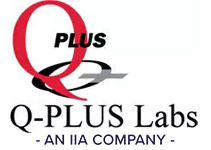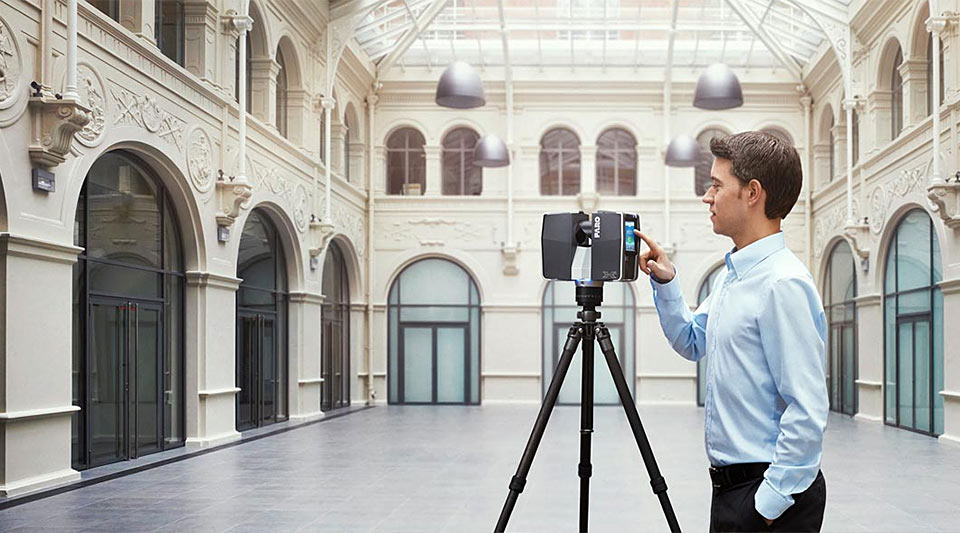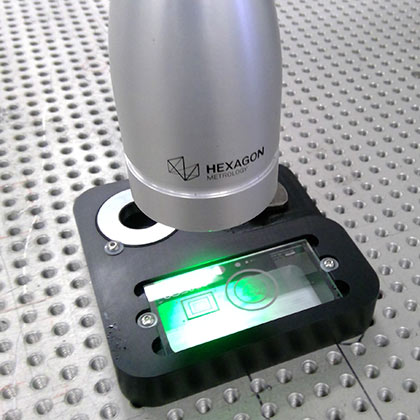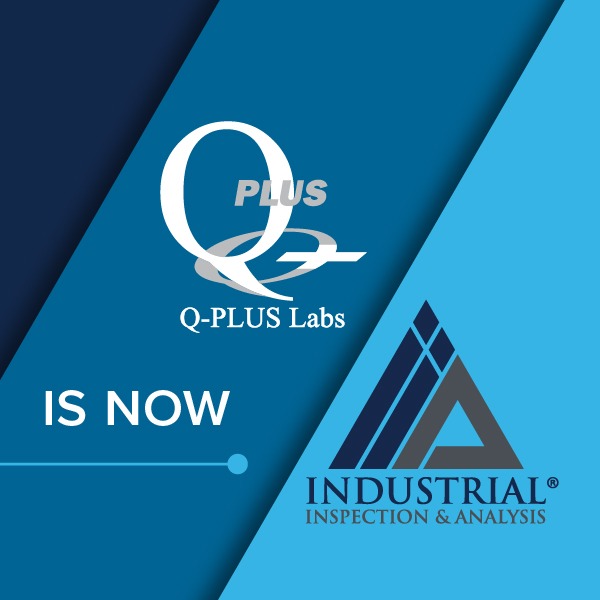Over recent years, 3D scanning and photogrammetry have become invaluable as non-destructive methods for the documentation of historical sites, cultural heritage, and their long-term preservation. In fact, it has never been easier to preserve important landmarks and artifacts before further weathering, erosion, or potential damage occurs. The damage and destruction of historical sites caused by tourism, wars, subversive acts, the ravages of time, and natural disasters serve as reminders to the multitude of events that can impact these priceless sites and objects. Tragedies such as the recent fire on July 11th, 2020, at the San Gabriel Mission in Southern California, and the fire that ravaged the Notre Dame Cathedral on April 16th, 2019 last year reiterate the importance of preserving cultural sites for future generations.
– San Gabriel Mission Fire – AP Photo/Marcio Jose Sanchez
At Q-PLUS Labs we are experts in onsite 3D scanning and photogrammetry services that capture data to record these historical sites, monuments, and artifacts in a digital format, while simultaneously providing the information needed to restore these landmarks accurately should the need arise. High-resolution recordings in the form of 3D CAD models allow you to maintain, study, share, and preserve the world’s shared cultural history.
A number of different 3D scanning methods exist to accomplish the various requirements, each with their own advantages and limitations. The key is to use the right technique for the right application. No one system can do it all. Sophisticated LiDAR laser range scanning and photogrammetry systems can quickly capture large amounts of data to create detailed and accurate documentation of sites, architecture, and great distances. Portable 3D scanning arms have proven themselves to be fantastic tools to capture, in great detail, artifacts and objects up close.
The 3D data can be on a vast scale, recording the topography of a landscape from great distances or it can be close range and accurate enough to document the surface of a carving; features that are not easily visible to the human eye can be magnified and examined for epigraphic study or condition monitoring. An integral component of this work is to record surfaces and forms at the highest possible resolutions and archive them in raw formats, so the data can continue to be re-processed as technology advances.
– Historic Kealiiokamalu Church, Hawaii – Modeled by Q-PLUS Labs
We Are Here to Help
Q-PLUS Labs is here to help. Our technicians will come to you to onsite and collect the required data. After the data is captured, the data can be stored for future use, or our lab staff can reconstruct the scans collected to generate detailed 3D models of the gathered data. Whether the goal is simply to create 3D CAD models for preservation or to facilitate repairs and renovations, these modern tools and techniques make it easier than ever to reach these goals. The processed scan data serves both as a basis for study, and a source for Building Information Modeling (BIM), and drawings should replacement or restoration be required. The point cloud replicas of the given structure will also allow preservationists to recreate the physical features of a site. The data also opens up numerous possibilities: pre-emptive repairs in response to future natural disasters, virtual tours of famous landmarks, and 3D-printed replacements of detailed artwork and design features.
Contact us today to learn more. We would be glad to answer any questions about our onsite 3D scanning and photogrammetry services.
Also, see the related article about our project with The University of California, San Diego, and how Q-PLUS Labs utilized onsite 3D scanning to capture the data for the Something Pacific installation of the Stuart Collection.








Leave A Comment
You must be logged in to post a comment.